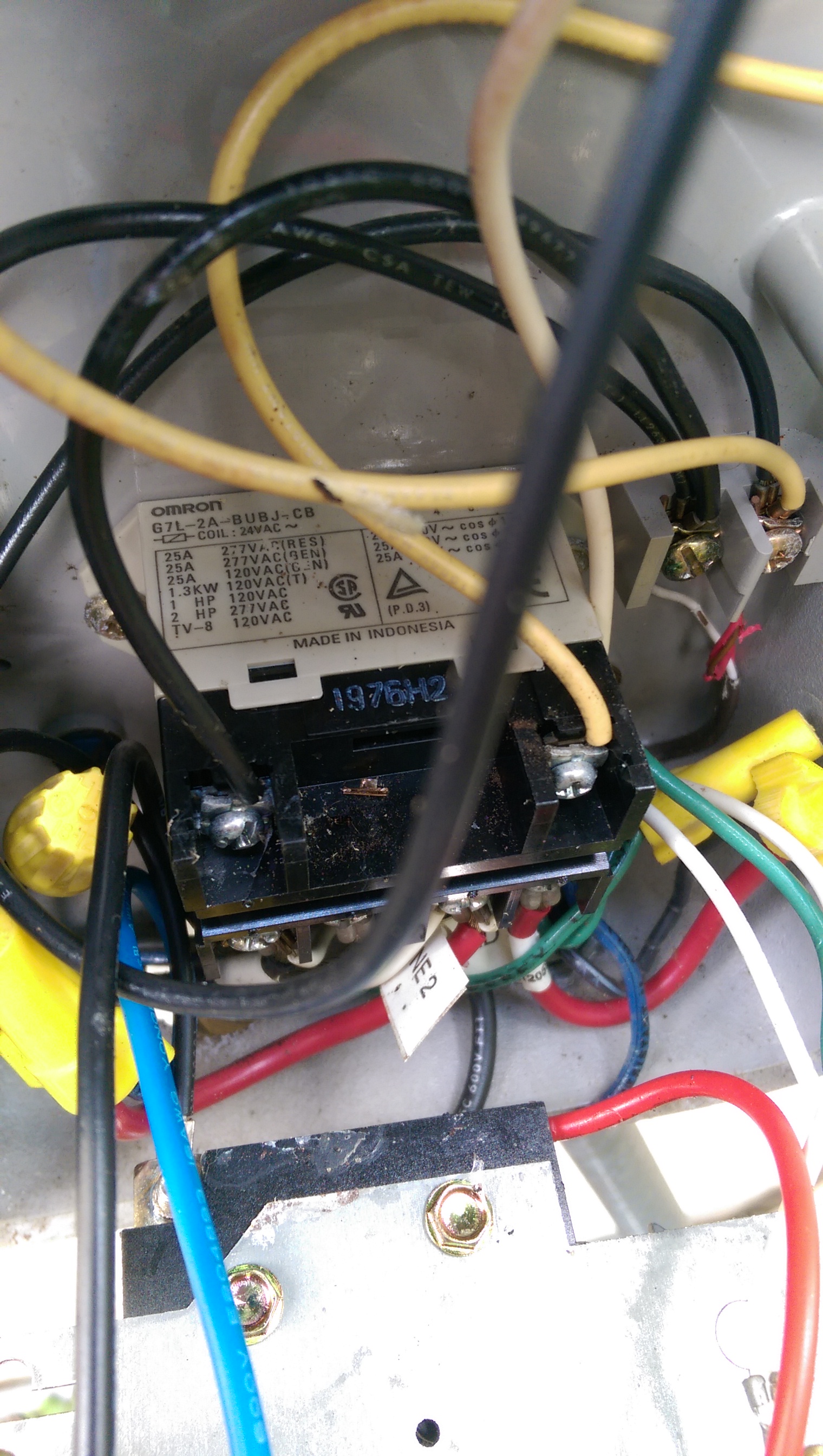

- #Opensprinkler pi pump start relay how to
- #Opensprinkler pi pump start relay install
- #Opensprinkler pi pump start relay serial
- #Opensprinkler pi pump start relay code
I dummied up a cluster of Texas Instruments Panda boards and a daughter card that will control secure booting. Top and Side view of Panda Board/ daughter card 10 stack
#Opensprinkler pi pump start relay code
The RJ45 keystone connectors are also color coded, but their code is the standard Cat5 wire code color The test ribbon cable I had around was color coded just a random color coded ribbon cable, nothing special.
#Opensprinkler pi pump start relay serial
I think the serial port RJ45 keystone connectors will be blue in color and I’ll use white RJ45 keystone connectors to bring the Ethernet out from each Panda board.

That will make it very easy to mount 20 of them on the back panel of the rack mount case. I’m planning on a ribbon IDC style Male DB 9 connector that will plug into the Female DB 9 pin on the Panda board, that will connect to a keystone RJ45 jack. Took some doing but I’ve gotten a serial DB9 Male to RJ45 socket worked out and tested (Thanks Sean for doing the testing in the DC). So that calls for a proper cable to be designed and tested. I want to bring the serial port of the TI Panda boards out to be attached to a Avocent Cyclades ACS5032 SCS serial console concentrator, and I want to make it easy for the IS folks to hook it up. Oh well live and learn, the next case I assemble will go much faster.
#Opensprinkler pi pump start relay install
Yep you guessed it, it would have been much easier to install the fans first. Onto the back panel and then install the fans into the front panel. The screws go through the holes in the side panel, through the holes in the front of the case and into the handles. Now take the front panel handles and find the long screws that are the correct size for the handles. OK, take one side off, flip it and reinstall. With some study I figured out that the 90 degree lip on the top and bottom panels go toward the front of the case, the threaded holes are to mount the back panel. Whoops, I had one side threaded the other not, which I noticed when I attempted to attach the rear to the sides. I installed both sides to the bottom panel. Got out my tools, my little container of thread lock liquid (I learned a long time ago always use thread lock liquid when assembling things you want to stay permanently together) and began the assembly. Not that I paid any attention to this before I started.
#Opensprinkler pi pump start relay how to
It came with no hints on how to put the case together but how hard can it be? It has 2 handles, 2 slides, 2 sides, a front, back, top and bottom panel right? Well turns out it’s a tad more complex then that: The side panels are threaded on one end and have through holes at the other end the top and bottom panels have one edge bent up at a 90 degree angle and the other end has 3 threaded screw holes instead of the bent angle. It’s pretty cool but caught me off-guard. Everything I asked for is where I asked for it to be, I just have to do the final assembly. It’s a do-it-yourself case, which I guess sort of fits this project as it’s a do-it-yourself cluster of ARM boards. Oh I get it, it’s a flat pack like when you buy furniture from IKEA.

What I actually see is a bunch of loose metal pieces, some nuts and bolts and 3 fans. I open the box and look inside expecting to see a 4U (rack Units or 7″) high, 27″ long 19″ wide rack mount case. It is the custom case for the Ubuntu ARM build cluster. Yea, back from UDS one day and Fedex showed up at my door with a large box in hand. Still I think it is going to be better then the original design with the daughter cards. Nice, 4 hours rearranging stuff, drawing templates, 2 hours machine and mounting. Couple hours or so later, everything mounted cleanly. Lots of drilling and then filing to remove burrs. I made up templates of each item, put locater holes in each template and then took the side off the case and out to the drill press we go. With lots of moving things around in the box I finally arrived at mounting all three items on the side of the case, looking at it from the front everything is mounted on the right hand side of the case. That space was supposed to hold the large regulated 5VDC power supply, the 12VDC power supply and the remote control relay board. That was a success but as you can well imagine it took up a lot of unplanned space. With the dropping of the daughter card, I had to mount all of the HD’s in external SATA to USB containers, and then make mounts to hold all of them. With the original design each Panda daughter card mounted the laptop sized HD directly on it. It was a fun day, trying to lay out the Panda server cluster again.


 0 kommentar(er)
0 kommentar(er)
